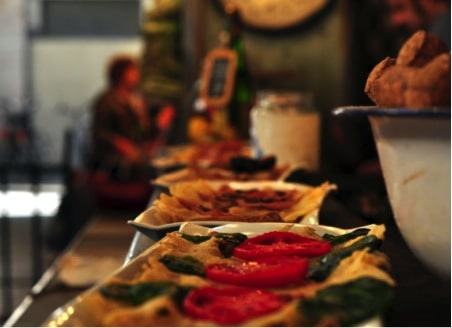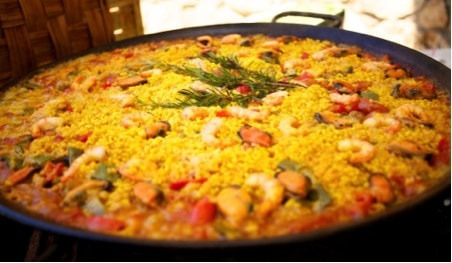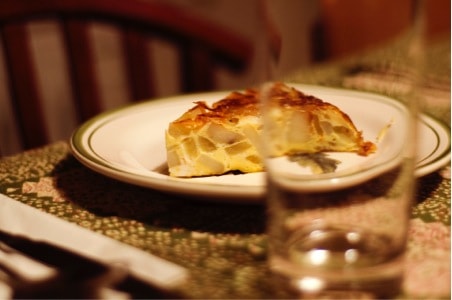This post about traditional food in Spain was made possible by the generosity of another writer. It does not reflect my views and I do not endorse the content.
In spite of its intriguing history, remarkable landscapes and stunning architecture, Spain is perhaps most famous for its delectable and diverse cuisine.
The native’s love of food has influenced the country’s long established culture and continues to play a part in modern-day customs.
While this sun-drenched region of Europe is the birthplace of nouveau cuisine.
Spain features the highest number of Michelin-starred restaurants in the world, authentic flavour some fare is available on nearly every street corner.
On a Spain holiday, you can sample a wide range of signature dishes and regional recipes.
Traditional food in Spain while taking in the laid-back yet passionate local lifestyle.
A brief history of Spanish cuisine
Throughout its history, Spain has been occupied by scores of different settlers.
But these civilisations have left their mark on the nation’s cuisine.
Olive oil and wine is linked to the Greeks and Romans, seafood and meat reflects Celtic heritage, while the Moors from North Africa introduced Spain to nuts, herbs and seasonings.
As Spain began to develop as a country in its own right, explorers started to bring back exotic fruit and vegetables such as tomatoes, potatoes and peppers from their voyages across the Atlantic Ocean.
Today, all of these ingredients are now at the heart of Spain’s most admired and applauded dishes.
Signature dishes
Tapas
There are a couple of different explanations as to how these small portions of food, which are a snack before meals or with drinks, came to exist.
The first refers to a complementary slice of ham that would be placed over your glass of wine.
But the second is to do with King Alfonso the 10th, who said that no wine could be served unless it was accompanied by something to eat, as this could counteract the effects of alcohol.
Literally anything can be tapas; from croquettes and olives to cured meat and cheese.
Paella
Spain’s most notable and well known culinary export, Paella is a rice-based dish that comes in many variations.
Originally, paella was cooked for outdoor labourers on an open fire and eaten straight from the pan using wooden spoons.
In these rural regions, the most affordable and attainable meat was snails, but for special occasions, rabbit, duck or chicken was added.
Today, seafood paella is arguably the most popular among tourists and one of the most delicious options for traditional food in Spain.
Gazpacho
Typically eaten as an appetiser and sometimes slurped straight from the bowl, gazpacho is a cold tomato soup that has also gained worldwide recognition.
For the most part, it is made by blending tomatoes, peppers, cucumbers, garlic and onions together, but different regions have their own take on this dish.
In Andalusian, it often comes with pureed bread and a bit of ham or an egg.
Tortilla Espanola
Commonly known as Spanish omelette, these egg and potato-based dishes are served throughout the day as a starter or main meal.
The tastiest Tortilla Espanola features potatoes and onions slow-cooked in olive oil, which are then added to eggs in a skillet.
Therefore, any foodies thinking about going on holiday to Spain are set for some mouth-watering and toothsome treats in addition to a historical and cultural journey.
Images by Enric Martinez, Adam Wyles, Jonathan Pincas and Paul Goyette used under creative commons license.



Hello everybody! When you travel to Spain ..exactlly to S-E region in Andalucia, Spain .. especially the Fuengirola Town! Awseome town with awsome people, great beaches, good food and nice late night – early morning discos and bars for all tastes.If you travel with the family, for leisure or just to visit i consider is the best place. My point of view , no offence! They serve the best foods / mojitos in the hole Costa del Sol – Best Regards
mmmm my favorite… Paella!